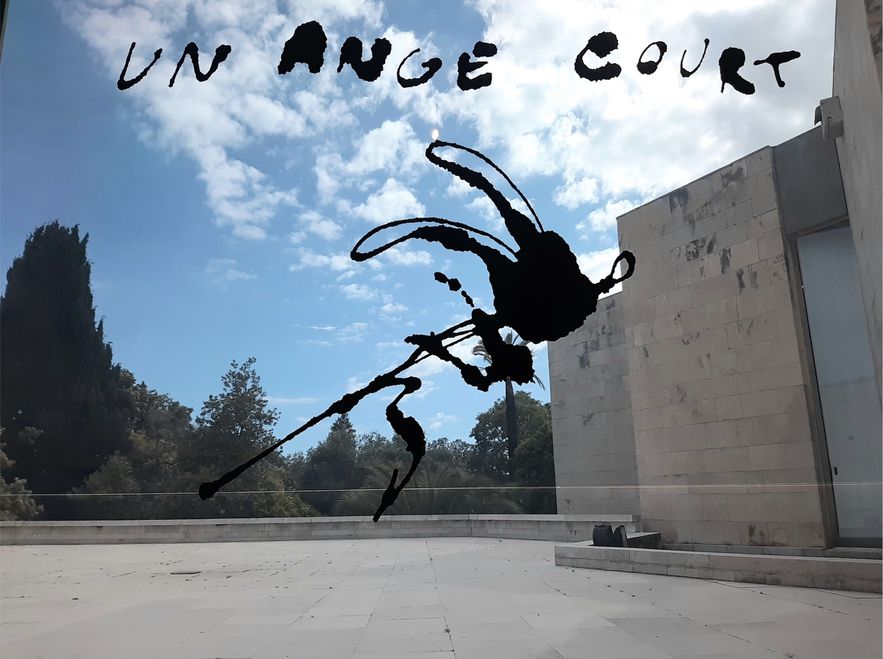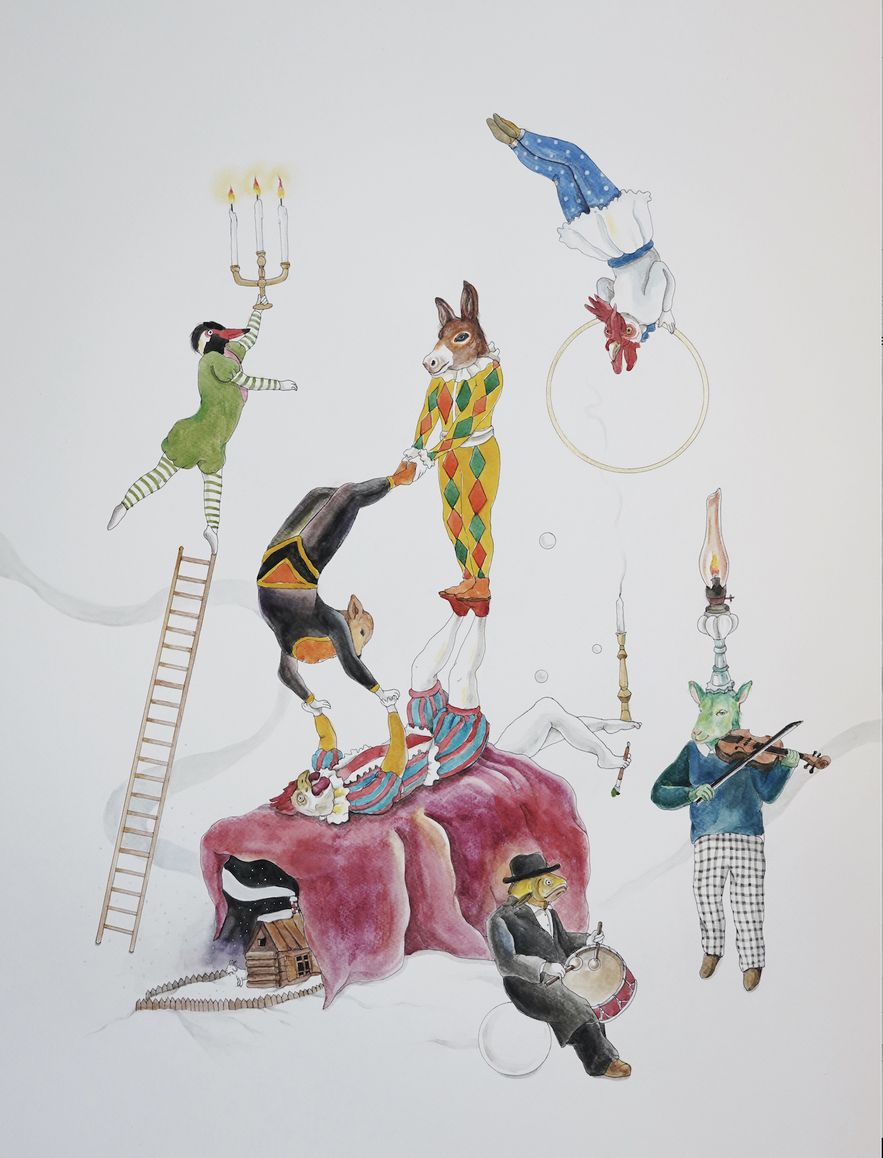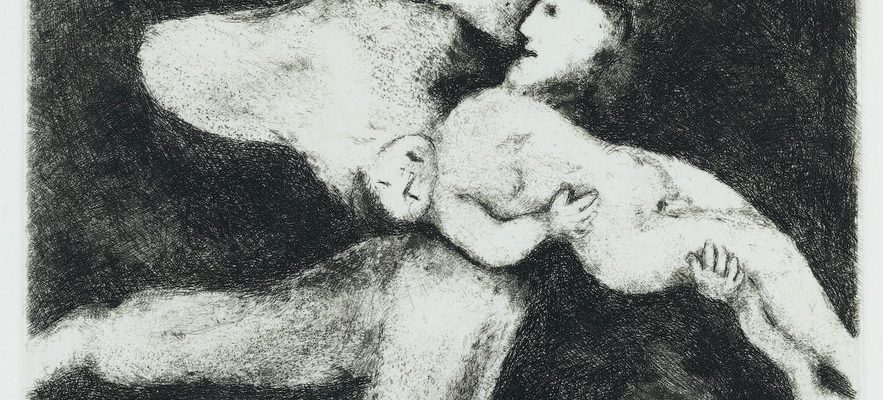“Perhaps young and old will come to this House in search of an ideal of fraternity and love such as my colors and my lines have dreamed of.” On July 7, 1973, in a vibrant speech, an ode to universality and spiritual dialogue, Marc Chagall inaugurated, on his 85th birthday, the museum that bears his name in Nice. As early as 1952, while attending the construction of the Chapel of the Rosary in Vence (Alpes-Maritimes), designed by Matisse, he in turn imagined a place of contemplation, for which he produced a number of sketches inspired by the Bible. The project, planned on the site of the Chapelles de Vence, was finally abandoned, in favor of a donation to France of the cycle of biblical message.
Twenty years later, Chagall’s dream is resurrected in Nice, a stone’s throw from the Cimiez arena, where André Malraux, the Minister of Cultural Affairs at the time, had a “house of the arts for all” built: a setting on measure which will house the works granted to the State by the painter – more than 500 pieces in total, including paintings, engravings, sketches, sculptures. It was then the first national museum dedicated to a living artist.
Marc Chagall, “God creates Man”, original print, 1931-1934.
/ © RMN-GP / Gérard Blot © ADGAP, Paris 2023
Marc Chagall died in 1985, but his museum, which is celebrating its fiftieth birthday this summer, is alive and well. In this year of celebration, Anne Dopffer, the hostess, gives carte blanche, in three episodes, to today’s creators who deliver their vision of the master. This second part (visible until September 4) thus sees the writer and translator of the Bible Frédéric Boyer, associated with the designer Serge Bloch, retranslate into images and words the biblical message from works on Creation and Paradise by comparing them with the founding text. A joyful exercise, as when the tandem wonders about the appearance of an angel in The Creation of Man which is not found in the holy book.

Serge Bloch, “Un ange court”, vitrophanie, digital creation for the Marc Chagall national museum, 2023.
/ © Courtesy of the artist, 2023
“The painter’s approach is similar to that of the perfumer”
Further on, a musical opus for cello by the young composer Ilia Osokin echoes the stained glass window of The creation of the world, via a quadraphonic sound spatialization device. In an adjacent room, another score is being played. Jean-Claude Ellena offers visitors a sensory experience: contemplating the series of Song of Songs by inhaling the scents that the perfumer has concocted for each of the five paintings. Note common to flagrances, the rose is here mixed with vanilla and tonka bean (Sweet is my rest) or patchouli and amber (In Vava, my joy and joy – Vava is Valentina, Chagall’s wife). “I realized that the approach of the painter is similar to that of the perfumer: first, the broad strokes, the important figures, then the addition of details to make the work more relevant”, comments the famous nose.

Keong-A Song, Hand to hand series, 2023. “Memory of the nest. 1887-1907: childhood in Vitebsk”.
/ © Courtesy of the artist. Produced by National Museums of the 20th Century in the Alpes-Maritimes, 2023.
Originally from Seoul, illustrator Keong-A Song composes a Hand to handmade up of twelve drawings and a paper sculpture, around the places where Marc Chagall lived and his travel experiences.
Delicately colored, his Indian ink and watercolor productions combine fantastic characters, circus postures, everyday objects and landscape elements, borrowed from the artist’s narrative and symbolic lexicon, like memory of the nest which evokes his childhood in Vitebsk in present-day Belarus. Chagall had written it himself: “All these subjects are part of the country from which I come, and these things, without any doubt, left in my visual memory a deeper impression than all the others that I could receive. “
